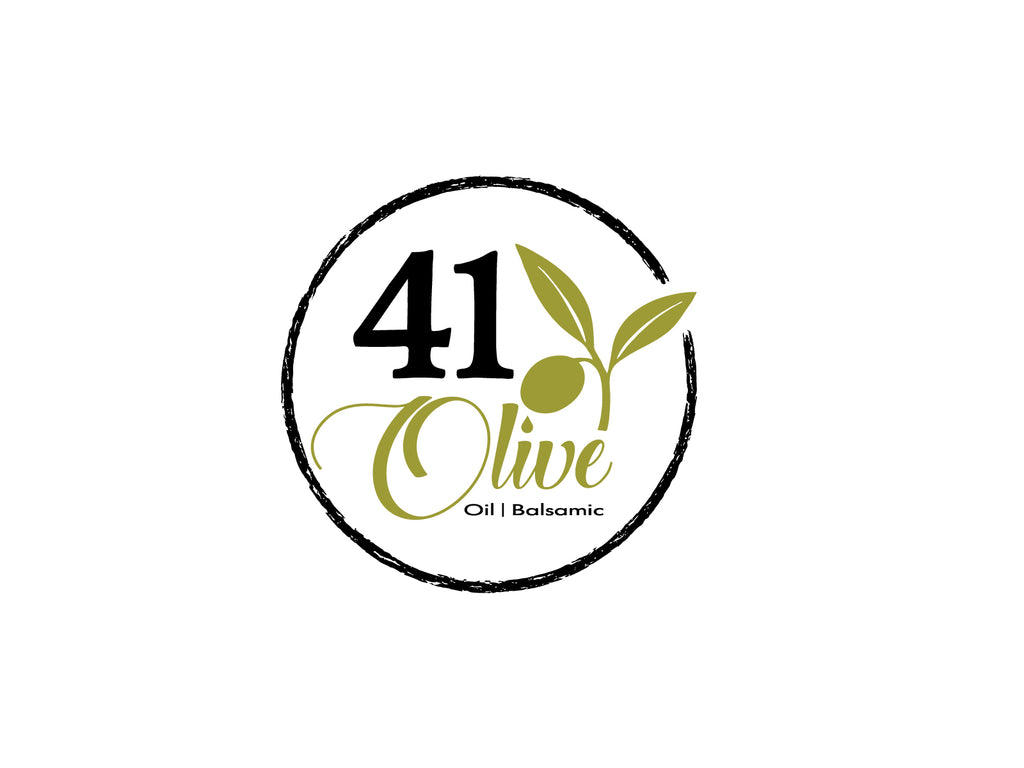The Olive Oil Grade Puzzle: Unraveling the Factors that Influence Quality
Olive oil is a staple in many cuisines around the world, but with so many options available, it can be challenging to determine which one is of the highest quality.
The grade of olive oil is a crucial factor in determining its quality, but what influences this grade? In this blog, we'll explore the various factors that impact olive oil grade, including new ideas and advice not mentioned previously mentioned.
Olive Variety
The type of olive variety used in production can significantly impact the grade of the olive oil. Some olive varieties, such as Arbequina and Koroneiki, are known for their mild and fruity flavors, while others, like Frantoio and Moraiolo, are known for their robust and peppery flavors.
Climate and Soil
The climate and soil conditions where the olives are grown can also influence the grade of the olive oil. Olives grown in regions with hot and dry climates tend to produce oils with a stronger flavor, while olives grown in cooler and wetter climates tend to produce oils with a milder flavor.
Harvesting and Processing Methods
The way olives are harvested and processed can also impact the grade of the olive oil. Olives that are hand-picked and processed using traditional methods tend to produce higher-quality oils, while olives that are machine-picked and processed using modern methods may produce lower-quality oils.
Acidity Level
The acidity level of the olive oil is another important factor that influences its grade. Olive oils with a lower acidity level (less than 0.5%) are generally considered to be of higher quality, while olive oils with a higher acidity level (above 0.5%) may be considered to be of lower quality.
Sensory Evaluation
Sensory evaluation is the process of evaluating the taste, smell, and appearance of the olive oil. This evaluation is typically conducted by a trained panel of experts who assess the olive oil based on its flavor profile, aroma, and appearance.
Chemical Analysis
Chemical analysis is another important factor that influences the grade of the olive oil. This analysis involves testing the olive oil for its chemical composition, including its fatty acid profile, peroxide value, and UV absorption.
Packaging and Storage
The packaging and storage of the olive oil can also impact its grade. Olive oils that are packaged in dark glass bottles or tin containers and stored in a cool, dark place tend to maintain their quality and flavor better than olive oils that are packaged in clear glass bottles or plastic containers and stored in a warm, well-lit place.
New Ideas and Advice:
- Look for Olive Oils with a Low Peroxide Value: The peroxide value is a measure of the oil's oxidation level. Olive oils with a low peroxide value tend to be fresher and of higher quality.
- Choose Olive Oils with a High Polyphenol Content: Polyphenols are a type of antioxidant that are found in olive oil. Olive oils with a high polyphenol content tend to be healthier and of higher quality.
- Consider the Producer's Reputation: The reputation of the producer is an important factor to consider when evaluating the grade of an olive oil. Look for producers who have a good reputation for producing high-quality olive oils.
Conclusion
In conclusion, the grade of olive oil is influenced by a variety of factors, including the olive variety, climate and soil, harvesting and processing methods, acidity level, sensory evaluation, chemical analysis, and packaging and storage.
By considering these factors and looking for olive oils with a low peroxide value, high polyphenol content, and good producer reputation, you can ensure that you are getting a high-quality olive oil that meets your needs and preferences.
